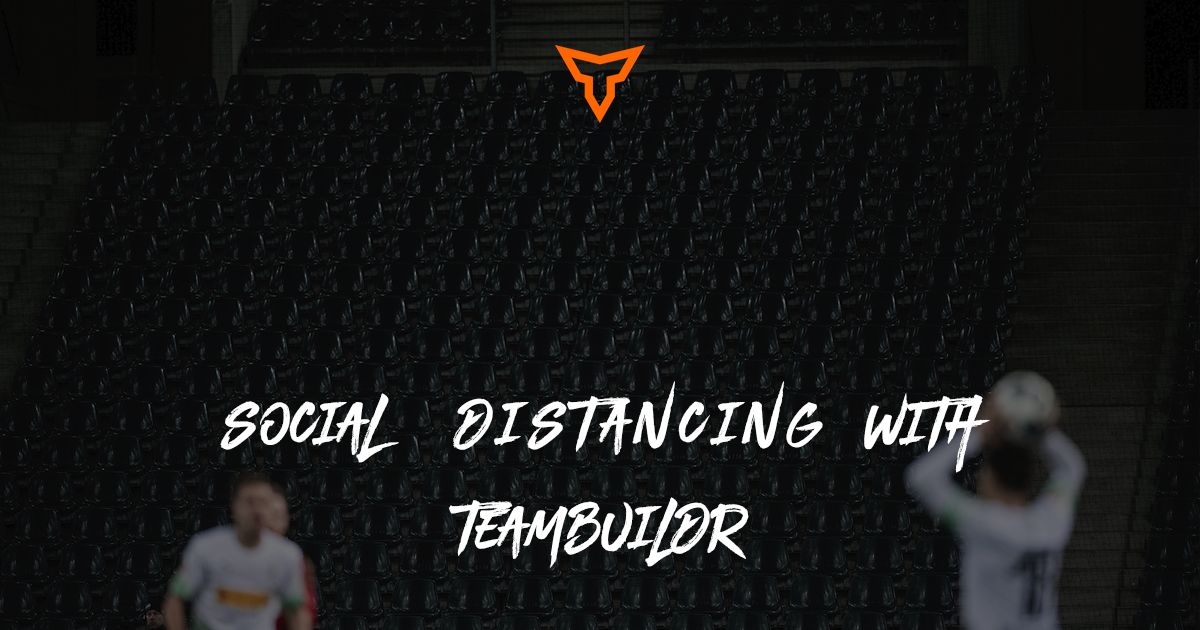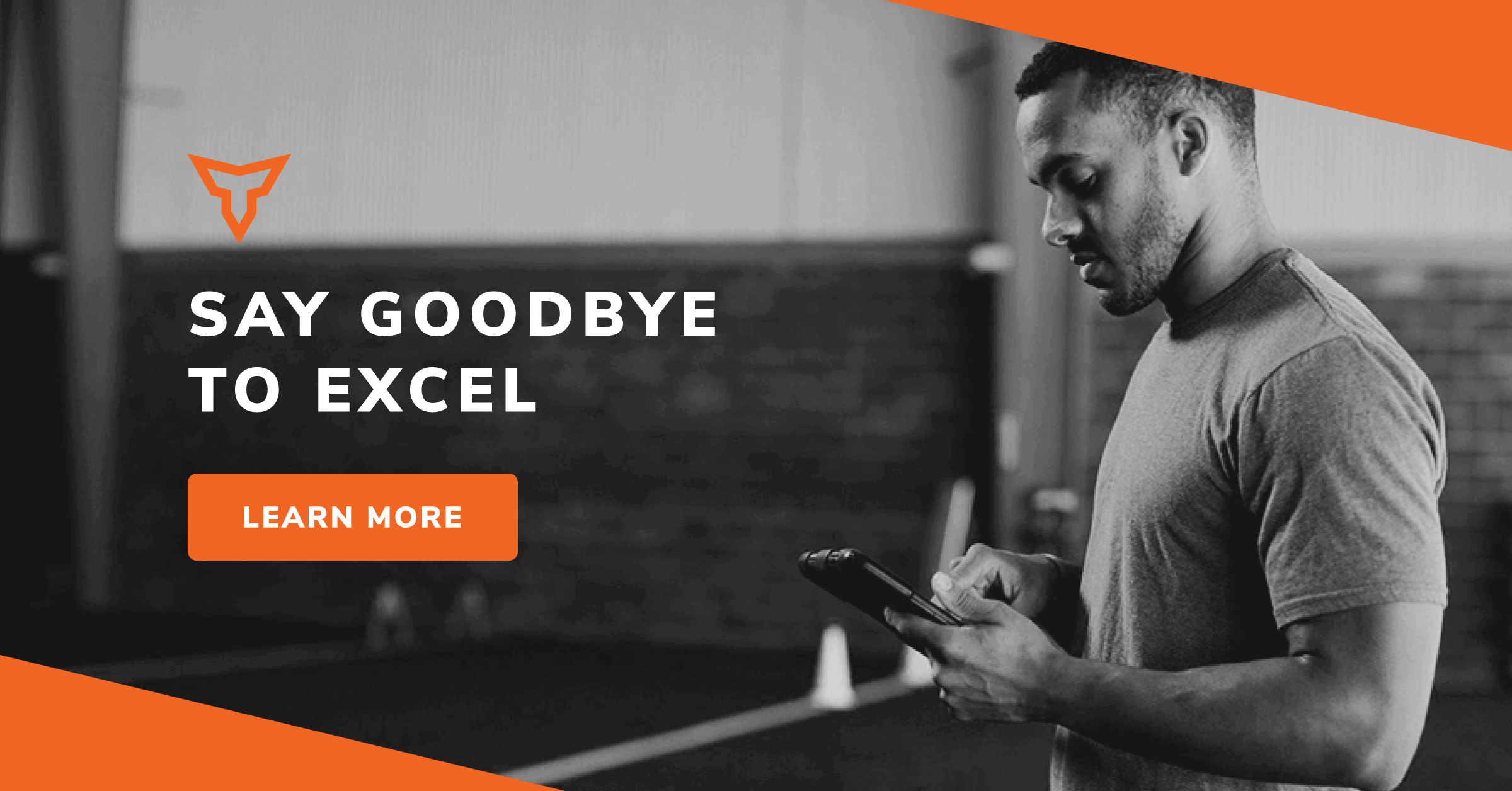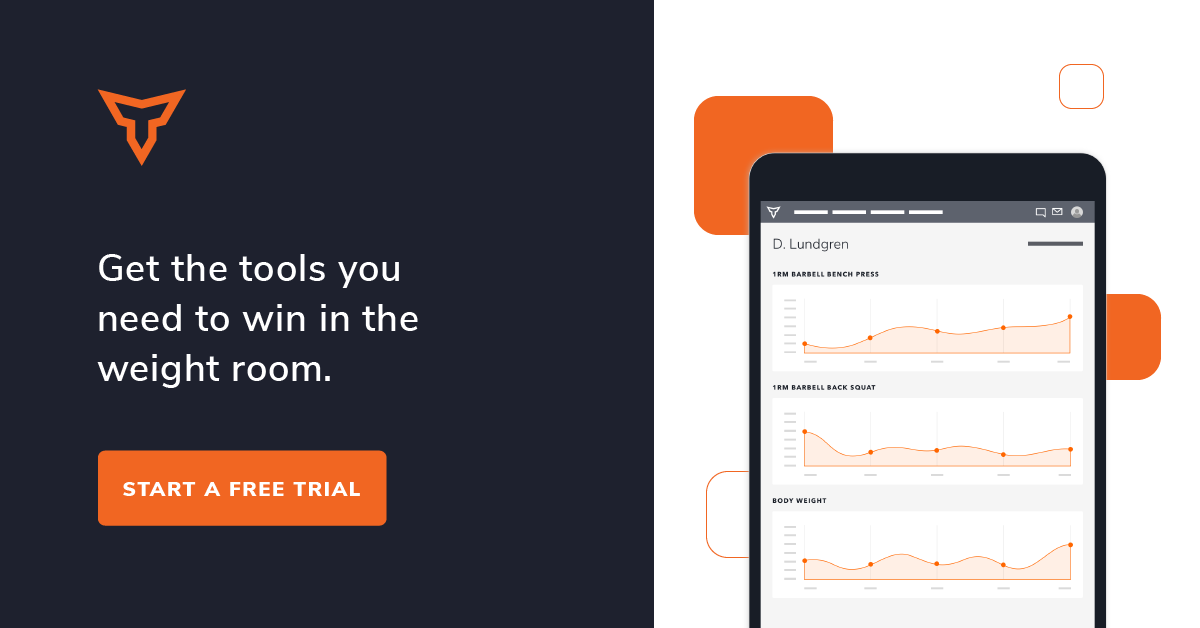“Support student-athletes in their efforts to reach high levels of athletics performance, which may include opportunities for participation in national championships, by providing all teams with adequate facilities, competent coaching and appropriate competitive opportunities.” (ncaa.org)
The above excerpt is from the NCAA’s website under the Division III philosophy statement at point 18. Now I understand not all Division III institutions are able to have certified Strength and Conditioning professionals on staff, but to those that do, our job remains to train these student-athletes to the best of our abilities so they can be at the best of their abilities!
Helpful in the discussion, is to understand no division is better than another. Whereas DI athletes may be provided resources beyond that of DIII, the DIII experience allows authentic relationships at a deep level to be built. That said, understand as a DIII strength coach, some aspects of all athletes are the same regardless of the level and some additional aspects are more prevalent only at the DIII level.
Besides the obvious physical attributes, more similarities than differences exist between DI, DII, and DIII athletes. Last time I checked athletes at all levels are made of the same stuff, breath the same air, and require the same basic essentials for everyday life. I understand that as the level changes so too does the “prestige” of the athletic competition. But, let’s get back to the fact that, regardless of level, DIII athletes are human, just like DI and DII student-athletes. They still need, and want, to be pushed both physically and mentally to achieve their respective athletic goals. These young men and women are very driven and fiercely competitive in their respective sports and are more than willing to do the work.
Also Division III athletes, like their DI and DII counterparts, need to be trained and progressed through various stages of training year in and year out. Athletes at this level are going to be following the higher level teams, athletes, and coaches on various avenues of social media. Seeing what the “big dogs” are doing is going to entice them to try and train as they do at the higher levels. This is where the coach, strength coach or not, needs to step in and educate the student-athletes. Explaining what a proper progression is, the type of training you are having them go through, and the why behind it will need to be at the forefront while training DIII athletes. Many of the student-athletes will be doing some reading on their own on how to train, many times taking things out of context.
As stated before, Division III athletes need the same guidance and education on training as the other divisions. The biggest difference is the amount of time the athletes get to spend with their sport coaches. At the DIII level they will spend more time with their strength coach than the sport coach over the course of a year. The S&C coach is training with them year round taking them through various phases of their developmental process.
Sport coaches, on the other hand, get 19-24 weeks depending on how the season goes. A mentor of mine stated “They don’t care how much you know until they know how much you care.” This is true at all levels but is made very clear while training DIII athletes just due to the amount of time one spends working with these kids. The S&C coach gets the opportunity to develop and build a great relationship with student-athletes over the course of a four year career. Getting to know, and remember, for reference a student-athlete’s major and asking them how their course load is going will really show a student that you care about components of their life.
While training DIII athletes, coaches are much more likely to wear multiple hats at various times throughout the year. Athletes are going to come to you want to know about nutrition, training, speed work, conditioning, but also how to deal with roommates, how to study, how to communicate with their sport coaches, and the list goes on and on. With that being said, a strength coach also needs to know when to take an athlete to get the help you cannot provide. Building relationships across campus in the wellness center, student services, or on the academic side is only going to help you as the coach to help the athlete. This is an ongoing process that needs to be fluid as every situation is going to be different.
Regardless of the level of play, at the end of the day what we do as coaches is about the student-athletes and their performance and helping them be as successful as we can. Working at this level for 6+ years now I have built some lasting relationships with former student-athletes. Getting invites to their weddings or being recognized by the student-athletes at various functions shows how much they truly appreciate the work we put in. That little gesture is absolutely worth the long hours and late nights and everything that comes with being a strength coach!
Going back to the opening excerpt for the NCAA “Support student-athletes in their efforts to reach high levels of athletics performance” (ncaa.org), this is the end goal regardless of level. Some coaches are going to have access to great resources and are going to have all the bells and whistles augment their training regimen. Great! Use them and develop your team to the best of your ability with the resources at your disposal! That should be the goal of all coaches regardless of the level of play! However, at the DIII level where the resources can be scarce, realize that opportunities, through the building of relationships, also exists to have an impact on the student-athlete that has a long-lasting effect beyond the weight room!
Citation:
http://www.ncaa.org/governance/division-iii-philosophy-statement
Subscribe to our blog
Subscribe to receive the latest blog posts to your inbox every week.
Related posts
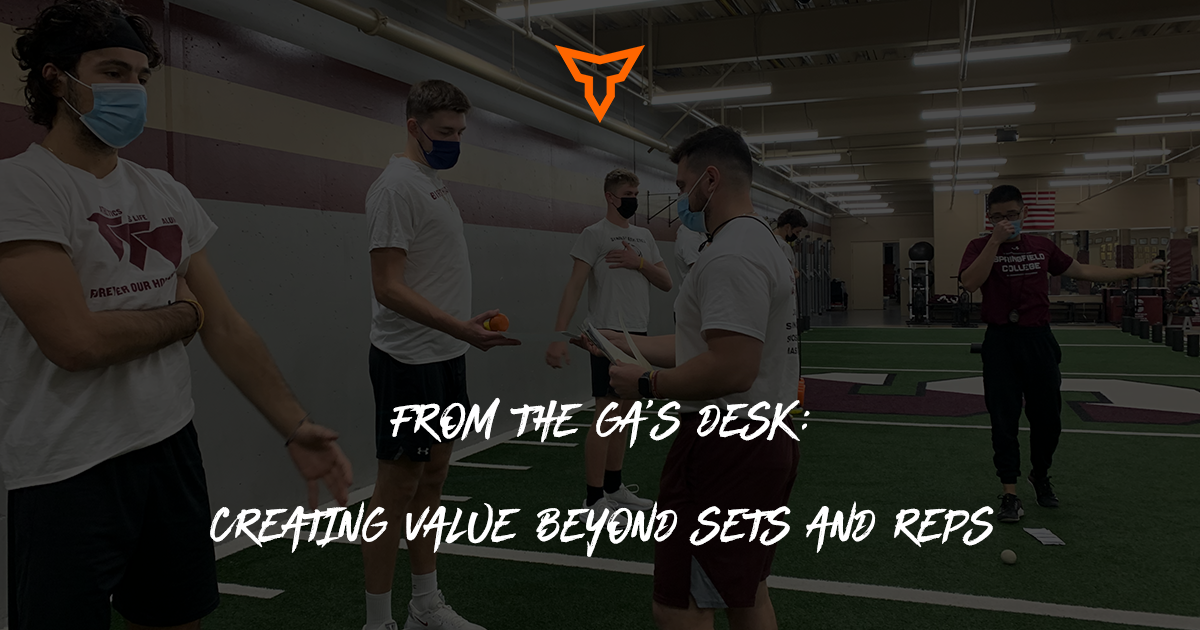
From the GA's Desk: Creating Value Beyond Sets and Reps
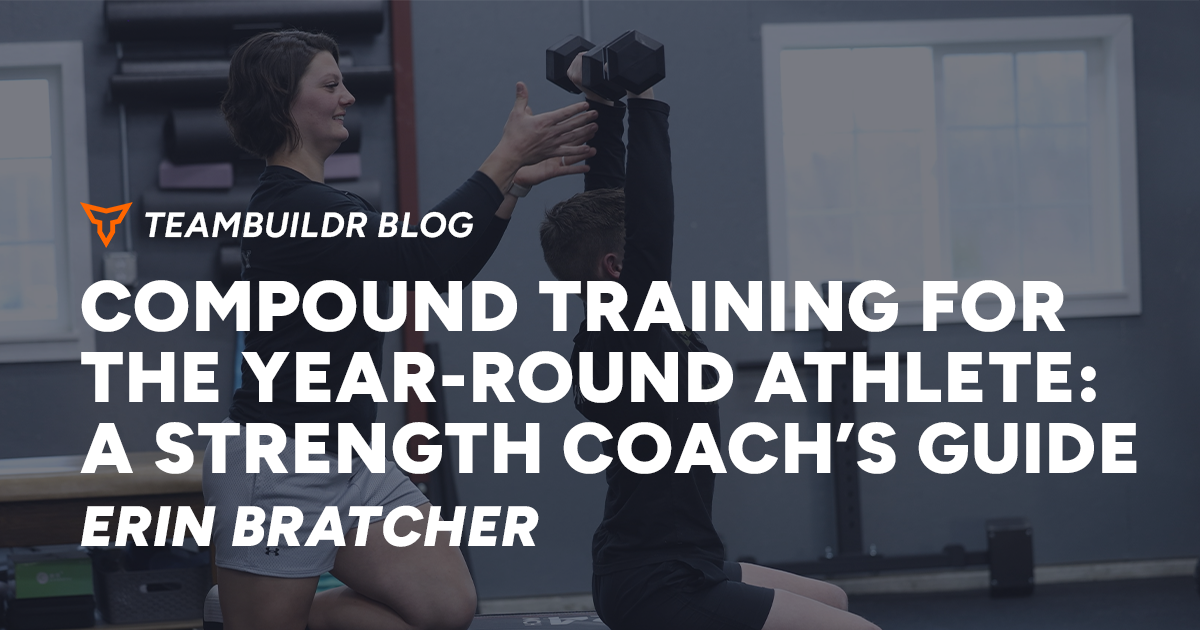
Compound Training for the Year-Round Athlete: A Strength Coach’s Guide
